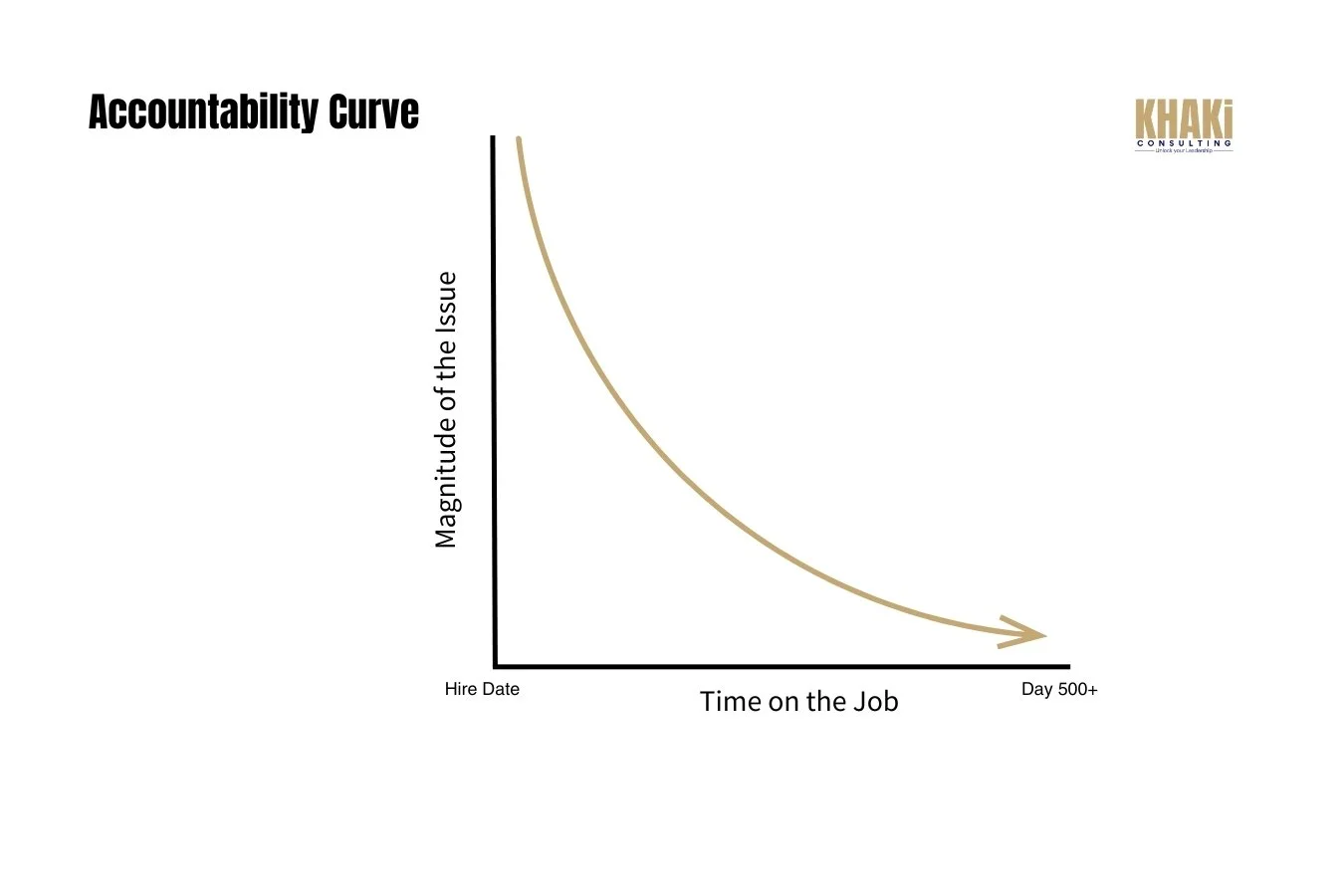Why Accountability Matters More on Day One?
So there I was… meeting with a client who had just fired an employee over the weekend.
The employee had been on the job for about ten months. As we talked, the client admitted something most leaders wouldn’t say out loud:
“I probably knew around month three or four that it wasn’t going to work out.”
This leader wasn’t lazy or disengaged. In fact, he cared a lot. He wanted to be supportive. He hoped things would turn around.
But he also admitted he had a tendency to give too many second chances. And in trying to be kind, he avoided the harder path of accountability.
He’s a Nurturer first voice—wired for harmony, support, and belief in people. And that made what came next a powerful insight for both of us.
The Challenge
There’s a common piece of leadership advice: “Hire slow, fire fast.”
But that’s easier said than done—especially for leaders who lead with support, empathy and second chances. They don’t want to give up on people too quickly. They want to believe the best.
But when you delay accountability early in someone’s journey, you don’t just risk one person’s performance—you start to erode your team’s trust in your standards.
Some accountability issues carry more weight early on—especially in the first 30-60-90 days of a new hire.
Take this example:
If someone shows up late on their first day, it sends a loud message: “I’m not prepared. I’m not taking this seriously.”
If someone’s late on day 500, it might still be an issue—but the interpretation is different.
The same behavior has very different meaning depending on when it happens.
And too often, leaders treat those moments as equal—or worse, they treat new team members like they have been there for years and let things slide early in the name of being supportive.
The result? You train your team that the standards you talk about don’t actually matter.
The Tool: The Accountability Curve
We call this concept the Accountability Curve.
The closer to Day 1, the heavier the impact of every small behavior.
As time goes on, the weight of the same action decreases—but only if expectations were clear from the beginning.
When a new team member ignores a process, misses a deadline, or brings the wrong energy early on—they’re shaping your team’s culture. If you let it go, it sticks.
Great leaders don’t wait until the pattern becomes a problem. They act early, clearly, and kindly.
The Result
If you don’t address issues early:
You lose credibility with the rest of your team.
You make the wrong things permissible.
You delay the hard decision—and often make it messier later.
But if you apply the Accountability Curve:
You set a tone of clarity and consistency from Day 1.
You create a culture where people know how to win.
You balance care with high standards—and build trust in the process.
Take Action
Reflect on one team member’s performance. Is there something you’re letting slide that would’ve mattered more if it happened on day one?
Want to increase accountability without damaging morale?Schedule a free strategy session, and we’ll walk through how to apply the Accountability Curve to your leadership.
Closing the Loop
That client? He realized he wasn’t doing his team—or that employee—any favors by avoiding accountability.
He wasn’t being supportive. He was just postponing the inevitable.
The best leaders balance challenge with support. And sometimes, being supportive means having the courage to act early.

